Granada
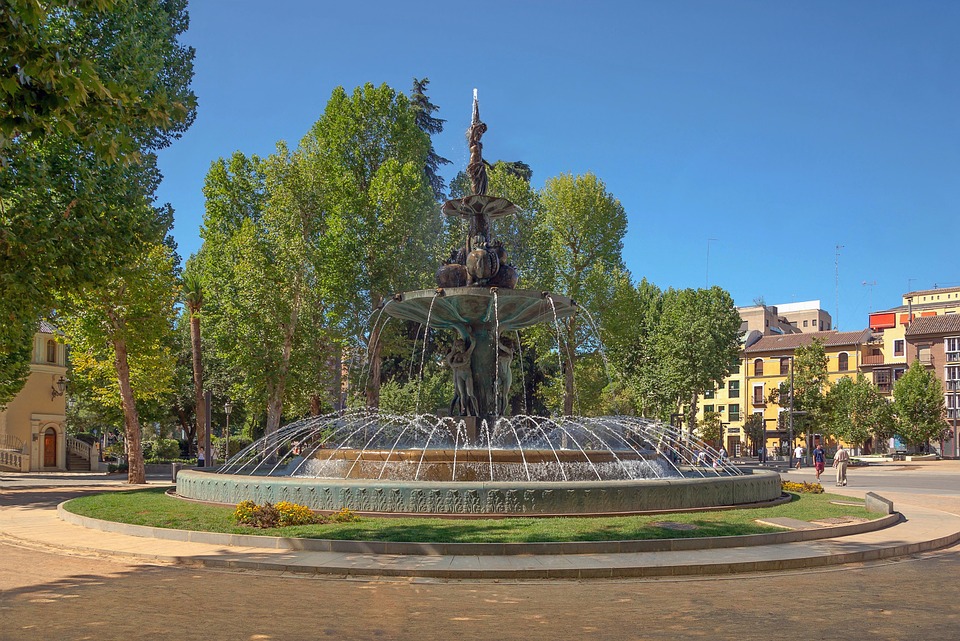
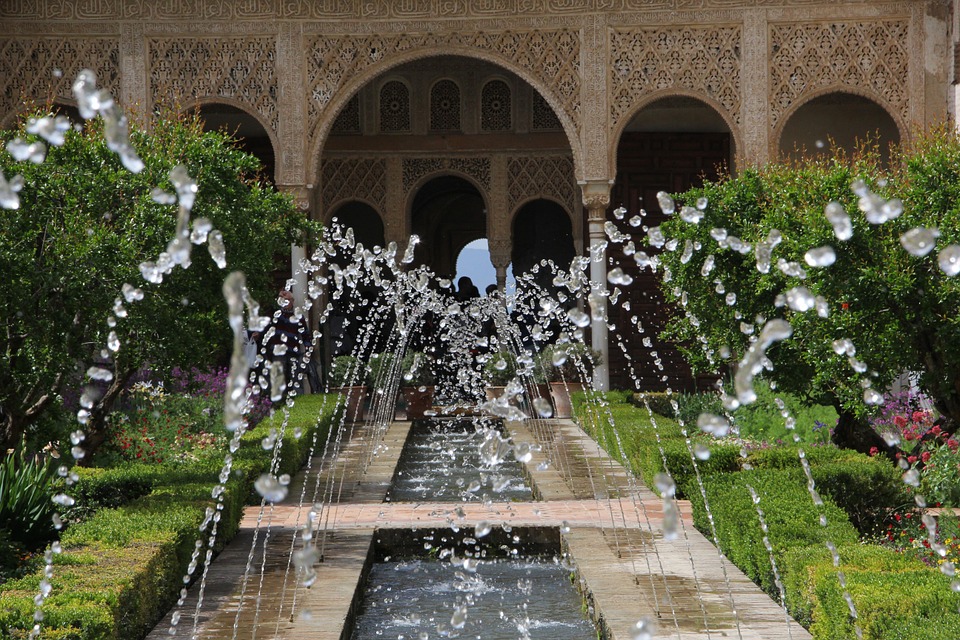
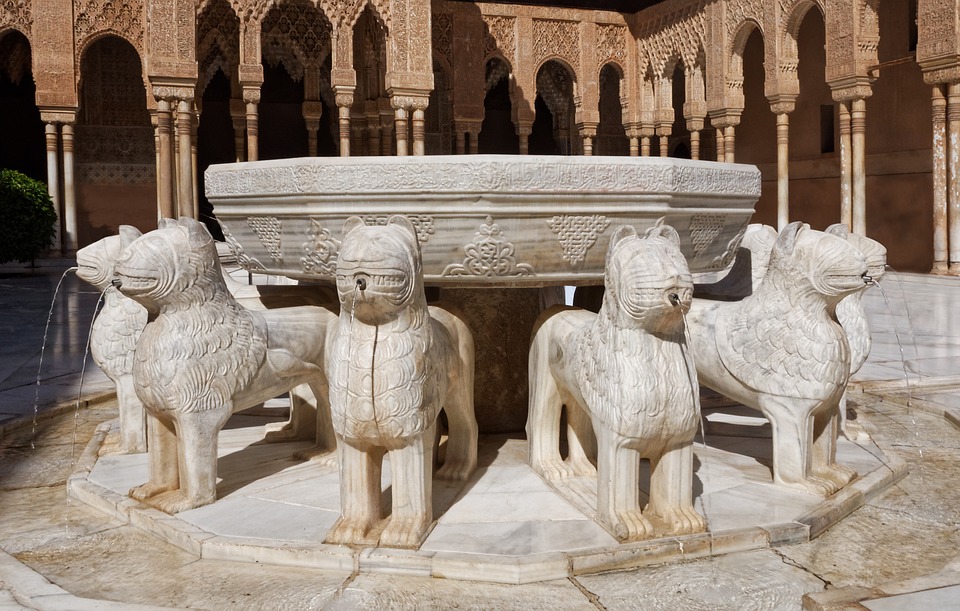
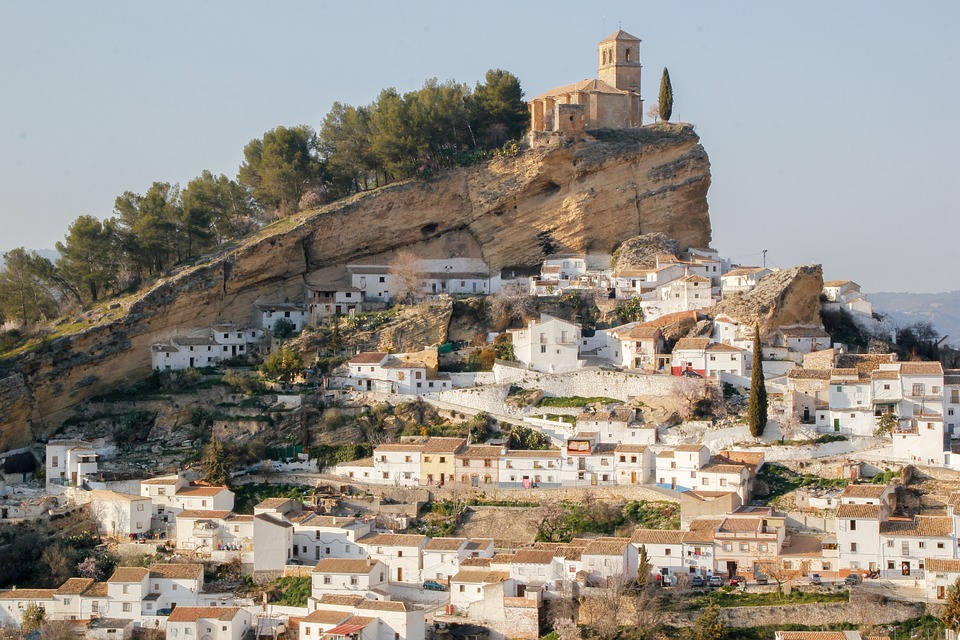
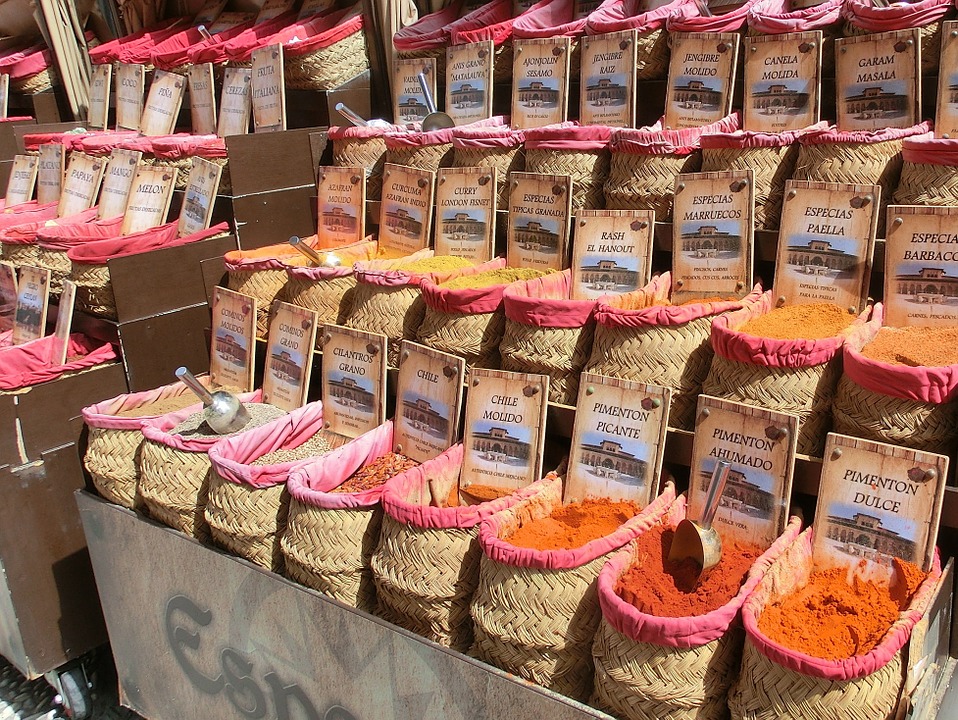
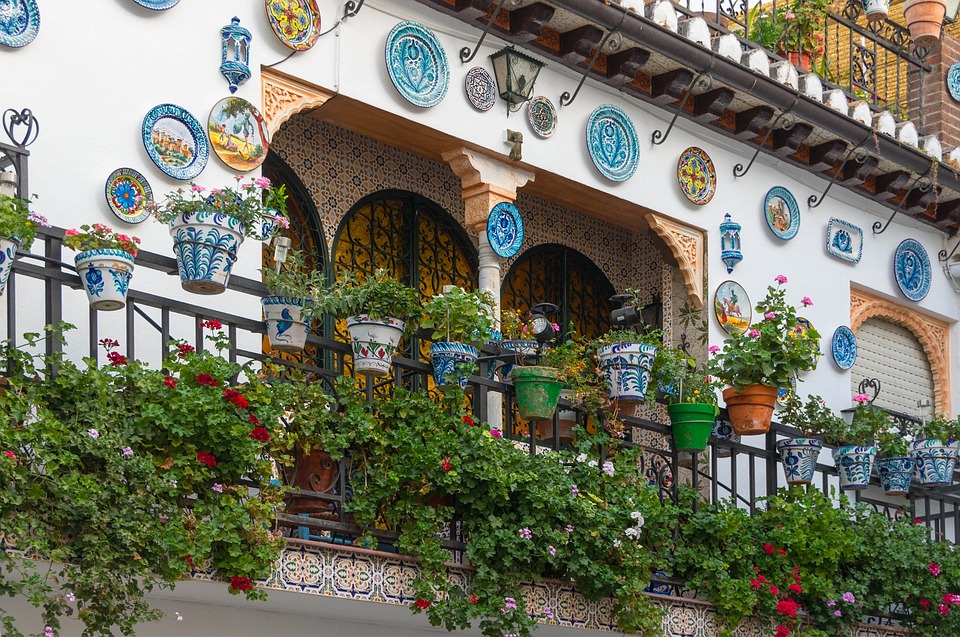
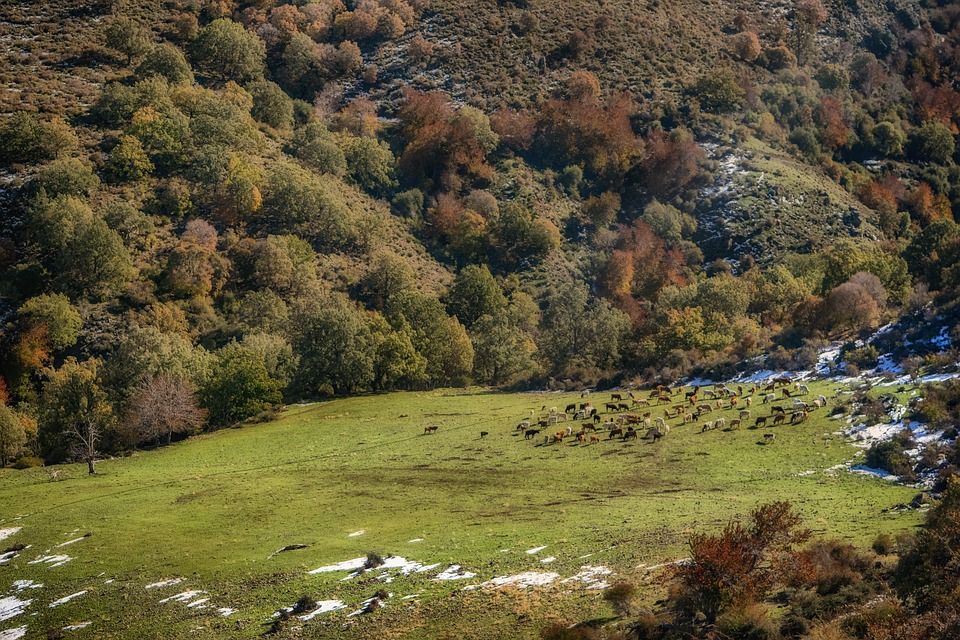
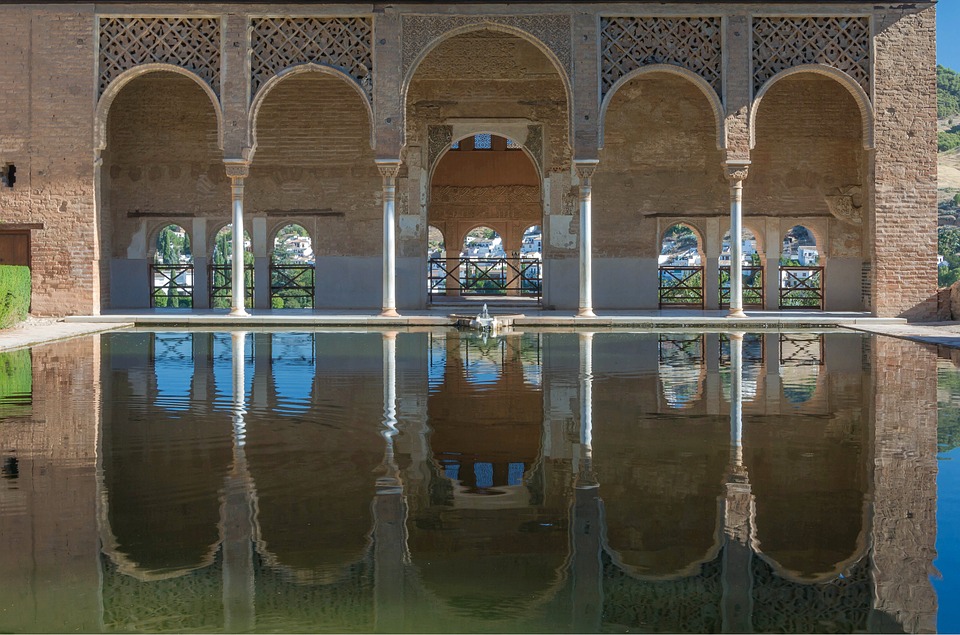
Granada’s history reads like an excellent thriller, with complicated plots, conspiracies, hedonism and tricky love-affairs. Granada began life as an Iberian settlement in the Albayzín district. Muslim forces took over from the Visigoths in 711, with the aid of the Jewish community around the foot of the Alhambra hill in what was called Garnata al Jahud, from which the name Granada derives; granada also happens to be Spanish for pomegranate, the fruit on the city’s coat of arms.
After the fall of Córdoba (1236) and Seville (1248), Muslims sought refuge in Granada, where Mohammed ibn Yusuf ibn Nasr had set up an independent emirate. Stretching from the Strait of Gibraltar to east of Almería, this ‘Nasrid’ emirate became the final remnant of Al-Andalus, ruled from the increasingly lavish Alhambra palace for 250 years. Granada became one of the richest cities in medieval Europe, flourishing with its swollen population of traders and artisans. Two centuries of artistic and scientific splendour peaked under emirs Yusuf I and Mohammed V in the 14th century.
It all went pear-shaped as the 15th century wore on: the economy stagnated and violent rivalry developed over the succession. One faction supported the emir, Abu al-Hasan, and his harem favourite Zoraya. The other faction backed Boabdil, Abu al-Hasan’s son by his wife Aixa. In 1482 Boabdil rebelled, setting off a confused civil war. The Christian armies invading the emirate took advantage, besieging towns and devastating the countryside, and in 1491 they finally laid siege to Granada. After eight months, Boabdil agreed to surrender the city in return for the Alpujarras valleys and 30, 000 gold coins, plus political and religious freedom for his subjects. On 2 January 1492 the conquering Catholic Monarchs, Isabel and Fernando, entered Granada ceremonially in Muslim dress. They set up court in the Alhambra for several years.
Religious persecution soon ensued. Jews were expelled from Spain, and persecution of Muslims led to revolts across the former emirate and their eventual expulsion from Spain in the 17th century. Lacking these talented elements of its populace, Granada sank into a deep decline from which it only began to emerge with the interest drummed up by the Romantic movement from the 1830s on. This set the stage for the restoration of Granada’s Islamic heritage and the arrival of tourism.
Another black period occurred when the Nationalists took over Granada at the start of the civil war, and an estimated 4000 granadinos (Granadans) with left or liberal connections were killed, among them Federico García Lorca, Granada’s most famous writer. Granada has a reputation for political conservatism.
Source by: Lonely Planet
Monuments in Albaicín – It is hardly surprising that UNESCO declared the Albaicín World Cultural Heritage in 1994, because the charm of the neighbourhood’s lovely narrow streets and traditional houses is unrivalled. They have also preserved a popular, hospitable atmosphere for hundreds of years. More…
Monuments in Alhambra and surrounding area – The Alhambra complex is the world’s most spectacular Arab citadel and the symbol of Granada. It comprises several visitable areas: the Alcazaba, a citadel with a watchtower; the Palace of Charles V, a Christian building that houses the Fine Arts Museum; the Generalife, a leisure residence and gardens; and the Nasrid Palaces, the heart of the Alhambra and home of the sultans. More…
Monuments in Genil and Ronda – This pleasant area is only a few minutes from the city centre and boasts one of the broadest ranges of cultural and scientific attractions in Europe. The banks of the river Genil are an invitation to stroll under the leafy trees and wander through the street markets lining the boulevards. More…
Monuments in Historical Centre – The monumentality of the Catholic Monarchs’ favourite city is felt in impressive monuments like the Cathedral, a symbol of Granada’s Christianity and an excellent place to start a stroll through the heart of the city. More…
Monuments in Realejo – Realejo is the old Jewish neighbourhood of Granada, or Garnata al-Yahud (Granada of the Jews), as it was called in the Arab period. It is right at the foot of the Alhambra, and the Sephardic legacy can be readily appreciated in the streets and hidden corners. More…
Monuments in Sacromonte – Sacromonte is Granada’s most distinctive neighbourhood, known worldwide for its houses in caves and stunning views. It is also considered to be the cradle of flamenco. More…
Monuments in Triunfo – Bullring – In the centuries that followed the Christian conquest, Granada began to expand beyond the ancient walls of the Arab city, occupying the area that was consolidated when the new train station was built there. More…
Granada is the capital of tapas. In most places, a free tapa is served with each drink. Get ready for some tasty bites. More….
The gastronomy of Granada represents the tradition of Arabo-Andalusian cuisine. On one hand the Arab heritage is evident in the use of spices and, secondly, the wide variety of raw materials, determined by the great differences of geography and climate in different regions of Granada.
One of the regional dishes of Granada are beans with ham, a pot of San Anton, the Sacromonte omelette, Andalusian gazpacho with garlic and the grilled sardines on the beaches of the Tropical Cost.
Some of the typical regional dishes of Granada are famous Trevelez ham, cured in the mountains, the Habas con Jamon (fava beans with serrano ham), olla de San Anton (the pot of San Anton), Andalusian gazpacho, choto al ajillo (a kind of sausage with wrapped intestines) and tortilla of sacromonte (sacromonte omlette).
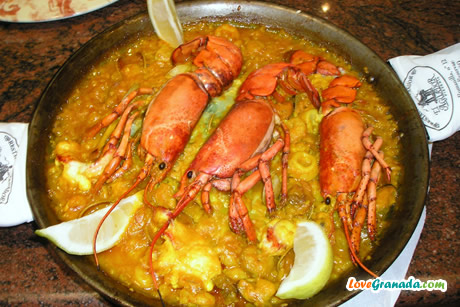 One of the most delicious dishes of Granada is sacromonte omlette. For it to be authentic it should contain cooked sliced veal brains and bull’s testicles, all diced and finally mixed with beaten eggs. Do not worry, it is usually not made this way.
One of the most delicious dishes of Granada is sacromonte omlette. For it to be authentic it should contain cooked sliced veal brains and bull’s testicles, all diced and finally mixed with beaten eggs. Do not worry, it is usually not made this way.
Typical dishes from the Alpujarras are patatas a lo pobre – slowly fried potatoes with olive oil with peppers and eggs, the plato alpujarreno (fried potatoes with onion and peppers, ham, fried egg and sausage), Alpujarras crumbs and puchero a la gitanilla (Gypsy stew).
 In the Vega the typical food is ajoblanco (cold soup that contains olive oil, almonds and garlic), in Guadix is stew or marinated in sauce partridge, rabbit and lamb with sherry.
In the Vega the typical food is ajoblanco (cold soup that contains olive oil, almonds and garlic), in Guadix is stew or marinated in sauce partridge, rabbit and lamb with sherry.
The cuisine of Granada also offers the sweet dessert made by nuns: soplillos, cakes of glory, the cake of Motril.
The wine is traditionally produced in the Contraviesa, most is produced in small family wineries with traditional techniques and some have been officially recognized, these vines bear the designation of origin Costa mark. Also the vineries are beginning to emerge in other areas of Granada: Baza, Guadix, Huesca, Albolote, Motril, Lecrín, etc…
Source from: Lovegranada.com